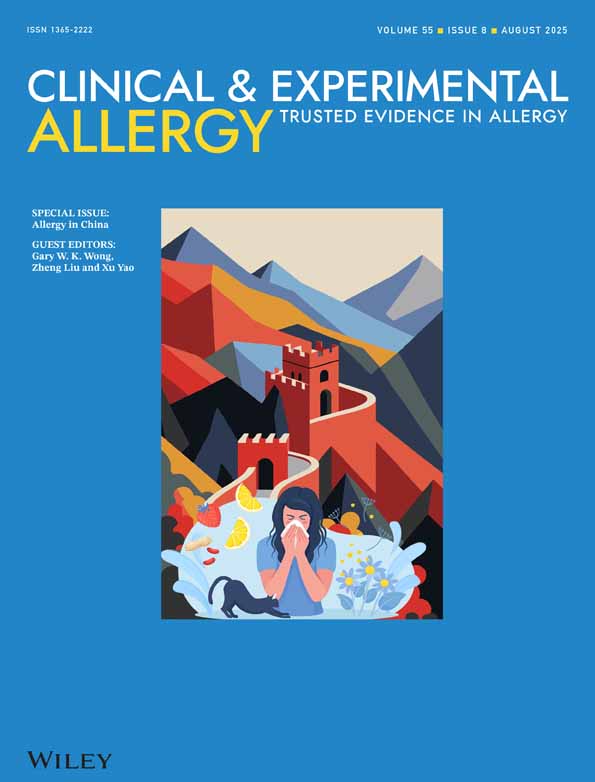Life-threatening, recurrent anaphylaxis caused by allergy to gliadin and exercise
Summary
Background Exercise-induced urticaria or anaphylaxis is regarded as a distinct form of physical allergy. In some patients the symptoms occur only after ingestion of various food products in connection with exercise. We have come across patients with cereal dependent exercise-induced anaphylaxis.
Objectives The purpose of the present study was to analyse the allergens in cereals responsible for the severe anaphylactic symptoms and to verify the test methods suitable for screening the patients with cereal dependent exercise-induced anaphylaxis.
Methods The patients underwent skin-prick tests (SPT) with common inhalant and food allergens as well as with various cereal extracts. IgE-immunoblotting was used to identify the allergenic fractions.
Results Five patients found positive in SPT with NaC1 wheat suspension had IgE antibodies to wheat, rye, barley and oats, especially directed against the ethanolsoluble protein fractions in immunoblotting. No IgE antibodies were detected against other cereals. The patients had been unaware of any cereal allergy since anaphylaxis occurred only in association with exercise postprandially. The patients were directed to follow a gluten-free diet and have been free from symptoms, being able to continue their outdoor physical activities.
Conclusion Wheat gliadin and the corresponding ethanol-soluble proteins of taxonomically closely related cereals were found to be the allergens in cereal-dependent exercise-induced anaphylaxis. Skin-prick testing with NaC1 wheat suspension was a simple and practical test to screen patients with this kind of occult, possibly life-threatening, allergy to cereals.




